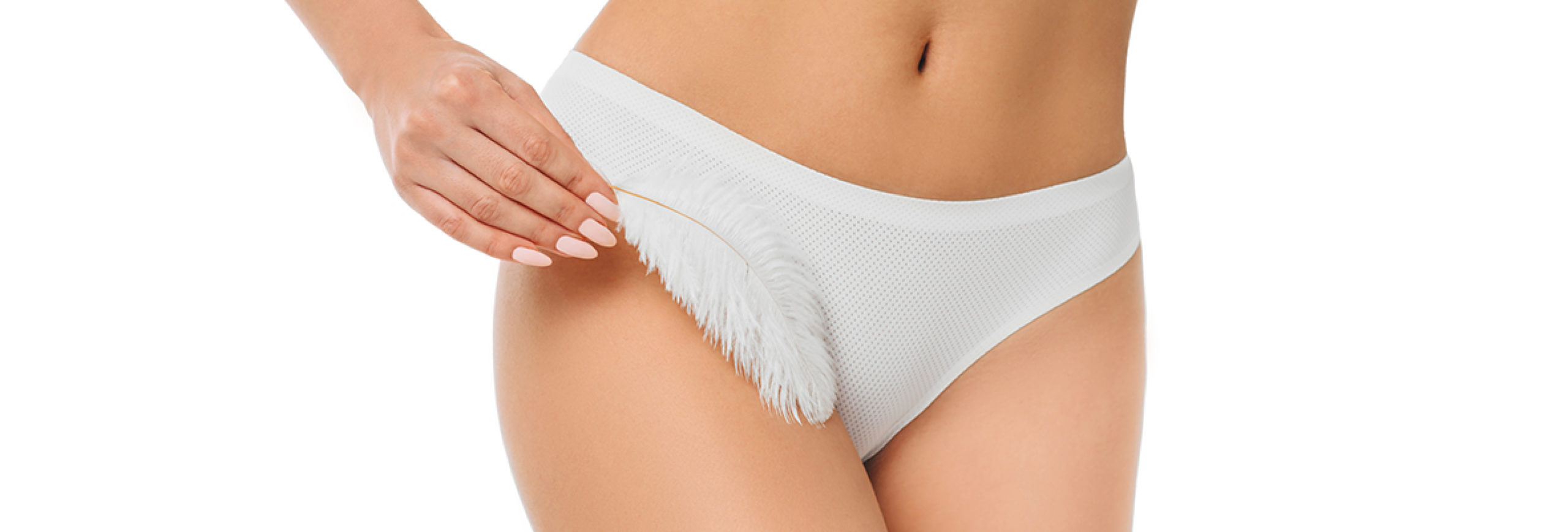Vaginal Rejuvenation
Surgical Procedure
Types of Surgical Procedures
1. Hymenoplasty
Hymenoplasty is a surgical procedure that uses a flap of vaginal lining to reconstruct a broken hymen or, in some cases, creates one for a woman who was born without. The procedure is typically performed in order to cause bleeding during post-nuptial intercourse. Most often hymenal reconstruction is sought for the express purpose of tightening the hymenal ring to produce difficult entry with probable tearing and the concomitant loss of a small amount of blood.
2. Perineoplasty
Perineoplasty is a surgical procedure used to correct clinical conditions of perineum muscles. The visible area is located between the rectum and the vagina. If these muscles are torn, the vaginal opening becomes much wider than normal.
3. Labia Majora Reduction (Lift)
This procedure involves altering the folds of skin surrounding the vulva area to achieve a more aesthetically pleasing shape and appearance for women with enlarged labia majora.
4. Labia Minora Reduction
Labia minoras are the inner lips of the opening of vagina. This procedure involves altering the folds of skin surrounding the vulva area to achieve a more aesthetically pleasing shape and appearance for women with enlarged labia minora.
5. Clitoral Hood Reduction
Clitoral Hood Reduction procedure is commonly done along with Labiaplasty to help improve the balance and appearance of the female genitalia. Excess folds of the clitoral hood or prepuce can be reduced with clitoral hood reduction. The extra folds can create a bulge that is exaggerated when the labia minoras are reduced.
6. Vaginoplasty (Posterior Vaginal Repair)
Vaginoplasty (Posterior Vaginal Repair), in case of a relaxed vagina due to childbirth, aging, or obesity, vaginoplasty surgery is used to tighten the stretched walls and the pelvic muscle so that the erogenous zone can be found as well as confidence
7. Anterior Vaginal Repair
Anterior Vaginal repair, also known as an anterior colporrhaphy, is a surgical procedure aimed to repair or reinforce the facial support layer between the bladder and vagina. The aim of this procedure is to relieve the symptoms of vaginal bulge and/or laxity and to improve bladder function without interfering with sexual function. Anterior repair procedure is most commonly done along with a posterior vaginal repair (vaginoplasty).
-
-
-
Pre Operative Care
 Vitamins, food supplements, smoking and alcohol intake should be avoided 4 weeks before surgery.
Vitamins, food supplements, smoking and alcohol intake should be avoided 4 weeks before surgery. Smokers should cease smoking 4 weeks prior to and after their surgery.
Smokers should cease smoking 4 weeks prior to and after their surgery. No alcohol consumption 1 week prior to the surgery and for the complete post-operative period
until they have ceased their course of antibiotics, or as advised by surgeon.
No alcohol consumption 1 week prior to the surgery and for the complete post-operative period
until they have ceased their course of antibiotics, or as advised by surgeon. It’s advisable to refrain from engaging in activities such as speed boat tours, elephant trekking,
parasailing and similar strenuous activities during the initial recovery period.
It’s advisable to refrain from engaging in activities such as speed boat tours, elephant trekking,
parasailing and similar strenuous activities during the initial recovery period.
Post Operative Care
There may be swelling and bruising after surgery most of which will subside during the first 2 weeks. The rest will go away over time and final results will be seen in about 6 months or more following surgery.
A few weeks after surgery, sutures used to close the deeper layers may spontaneously surface through the skin. Although these are expected to be absorbed within 4-6 months following surgery, these are still foreign materials to the body and may be “pushed outwards” as healing continues. This can become visible or produce irritation and removal may be required.
The following activities should be avoided up to 8 weeks after surgery: sexual intercourse, soaking in a bath tub or swimming pool, constipation, coughing, heavy lifting, tight underwear or pants, any strenuous activities.
Risks and Complications
Risks include unfavorable scarring, bleeding or hematoma, infection, poor healing of incisions, skin discoloration, permanent pigmentation changes, swelling and bruising, pain which may persist, possibility of revision surgery and risks associated with anesthesia.



